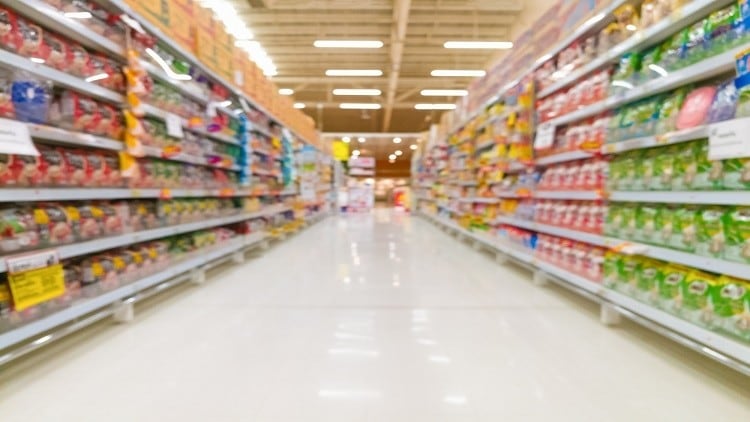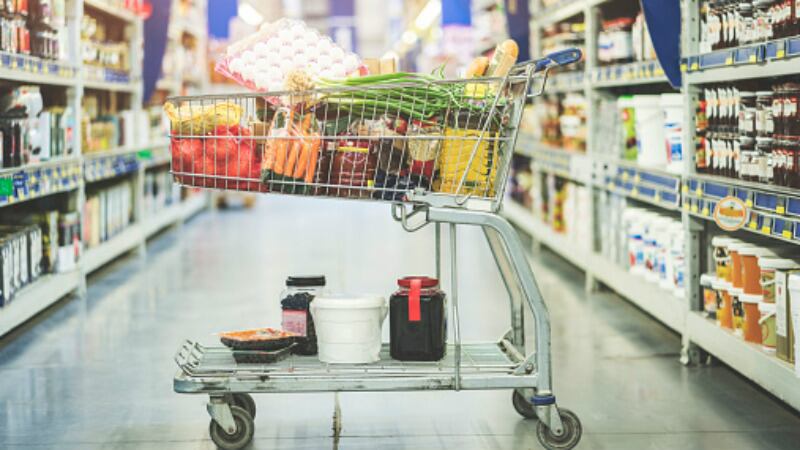According to NSAJ, overall consumption and shopping in Japan has taken a significant hit from the COVID-19 pandemic, with many consumers still exercising restraint when it comes to leaving their homes, much less go out shopping - hence it is important for supermarkets to adjust their priorities to attract as many consumers as possible.
“The economic and consumption shock [that Japan has suffered] this time around has resulted in a large rate of decline, even larger compared to past economic crises,” said NSAJ via the report ‘New Lifestyle, New Supermarkets’.
“It is also difficult to predict when consumption levels will return to normal [but] comparing to past crises, Japan took two to three years to recover from the 2008 Lehman crisis (economic recession due to collapse of the Lehman Brothers investment bank), about a year from the 2011 Great East Japan Earthquake, and about five years from the 2014 consumption tax hike.
“[But in this new situation], there isn’t a full resolution to COVID-19 in sight yet [and] it needs to be considered that recovery may take even longer than for past crises, [hence] supermarkets need to adapt accordingly to fit consumer wants and needs.”
According to the report, a total of 8.6% of 2,124 consumers surveyed have said that they will be reducing supermarket visits down from between two to seven times a week, meaning that a total of 36.8% of consumers will be visiting supermarkets just once a week or two to three times a month.
It was also found that key factors attracting consumers to select particular supermarkets have changed significantly from 2020 to now revolve heavily around measures allowing for minimal physical contact and COVID-19 prevention.
“Infection prevention measures in supermarkets have emerged as one of the most significant factors to attract consumers to visit a store – this factor did not even exist as a concern last year, but in 2021 11.9% of consumers say that the thoroughness of these prevention measures are key to making their choice,” said NSAJ.
“Within these, practices such as making disinfectants/sanitisers available at points of entry and exit (demanded by 55.1% of consumers) are already common, but supermakets can give them even more peace of mind by doing basket and cart disinfection (54.1%), adjusting to provide thorough ventilation (41.9%) and installing partitions at cashiers (25.2%).
“Consumers are also showing a significant preference for limited human and physical contact in stores – 22.2% of consumers now cite the availability of electronic or cashless payments as a crucial decision-making factor, rising 4% from 19.2% last year, whereas 11.8% of consumers want self-checkout counters to minimize contact with cashiers, a rise of 3% from 8% last year.
Another important factor here was that more consumers now want there to be relatively few or limited people gathering in their store of choice, a 4.7% increase from 1.8% in 2020 to 6.5% in 2021 - likely also due to fears of COVID-19 transmission, so stores would do well to also limit the number of entries at a time.
Previous important factors no longer priorities
In contrast, many previous common factors known to affect consumer choice saw significant decline, including the prices, selection and freshness of foods.
“Cheap and reasonable food prices were amongst the top reasons attracting consumer visits in 2020, but this year the importance of these has decreased by 2.8% and 3.5% respectively,” said the association.
“Discounts and promotions (-2.9%), comprehensibility of product display (-4.4%), product selection range and variety (-2.5%) and having long business (-4.1%) have all seen significant declines in importance too.”
As such, although ensuring reasonable pricing and the freshness of food products still remain important factors for supermarkets as survival strategies, supermarkets are also advised to also step up investment and initiatives into implementing COVID-19 prevention measures that can provide consumers with more peace of mind in order to attract maximum footfall to their stores this year.
Read Part I of this series here.





